The E minor (Em) chord is a foundational chord for guitarists, known for its melancholic sound and prevalence in countless songs. Fortunately, it’s also one of the easiest chords to learn, making it perfect for beginners. This guide will show you exactly how to play the Em chord on your guitar, offering simple steps, practice tips, and everything you need to master this essential chord.
To play the Em chord, you only need to use two fingers. Follow these steps to get your fingers in the right position:
- Find the Second Fret: Locate the second fret on your guitar. This is the metal bar two frets away from the headstock.
- Place Your Middle Finger: Put your middle finger (usually finger number 2) on the 5th string (A string) at the second fret. The 5th string is the second thickest string from the top.
- Place Your Ring Finger: Place your ring finger (usually finger number 3) on the 4th string (D string) also at the second fret. This finger goes just next to your middle finger.
- Strum All Strings: Strum all six strings of your guitar, from the thickest (6th string, low E) to the thinnest (1st string, high E).
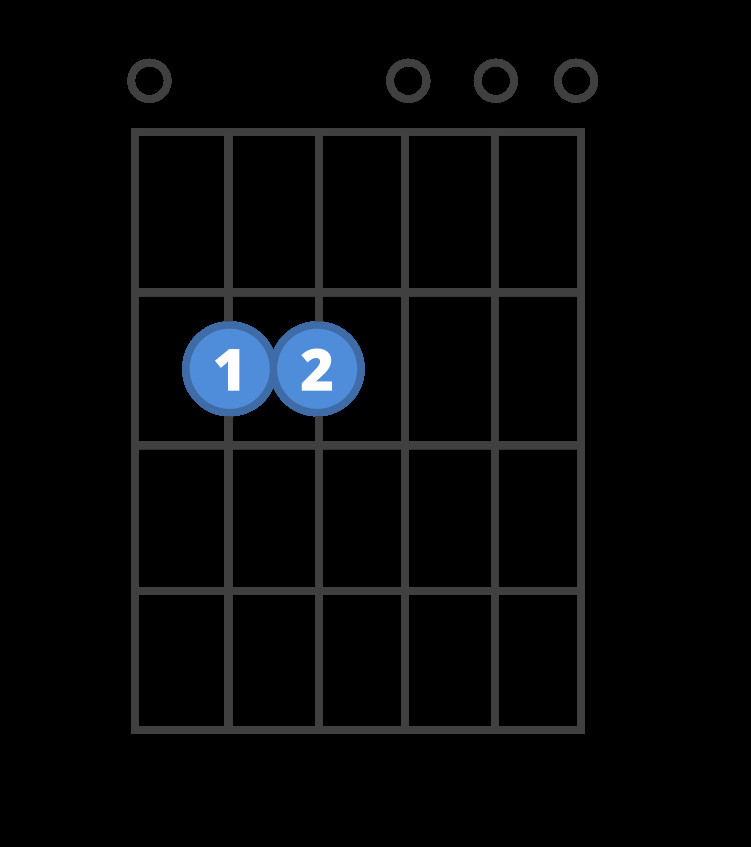 Chord diagram for the Em guitar chord.
Chord diagram for the Em guitar chord.
You might wonder if you can use your index and middle fingers instead. While possible, using your middle and ring fingers is generally recommended. This fingering leaves your index finger free, which is beneficial for transitioning to other common chords like C major, A minor, or D major smoothly. Learning this finger positioning early on will make chord changes easier as you progress.
The Em chord is a minor chord, giving it a darker, more somber tone compared to major chords. It’s incredibly versatile and appears in numerous genres, from rock and pop to folk and blues. Knowing the Em chord opens up a vast repertoire of songs you can play. It’s a staple in countless popular songs, making it one of the first chords many guitarists learn.
If you’re already familiar with the E major chord, you’re in luck! The Em chord is very similar. The only difference lies in a single finger position. Let’s see the comparison:
Em Chord
 Chord diagram for the Em guitar chord.
Chord diagram for the Em guitar chord.
E Major Chord
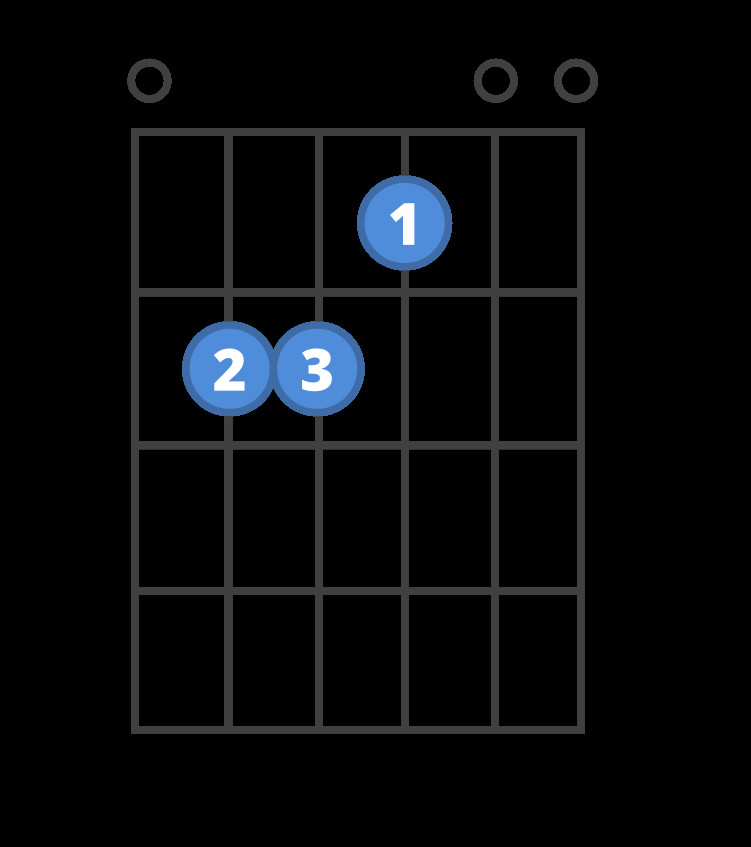 Chord diagram for the E guitar chord.
Chord diagram for the E guitar chord.
A Little Music Theory (Simplified):
Looking at the E major chord diagram, you’ll notice a slight difference on the 3rd string. In the E major chord, the note on the 3rd string (G string) is raised by a half step to G#. This change from G to G# is what transforms the chord from minor to major. The minor chord has a “minor third” interval, while the major chord has a “major third” interval – this interval difference is the core of the distinction between minor and major sounds.
To effectively learn the Em chord, consistent practice is key. Here’s a helpful practice technique:
The On-Off Drill:
This drill is excellent for memorizing chord shapes.
- Form the Em Chord: Place your fingers in the Em chord shape.
- Strum and Count: Strum the chord for four beats, counting aloud “one, two, three, four”.
- Release and Count: Take your fingers off the strings for four beats, continuing to count “one, two, three, four”.
- Repeat: Immediately place your fingers back into the Em chord shape and repeat the process.
Repeating this on-off motion helps your muscle memory learn the Em chord shape. The four beats off the strings give you time to reset and refocus on accurately placing your fingers each time.
Once you’re comfortable with the on-off drill, challenge yourself by switching between Em and another chord. Good chords to practice switching with include the G chord, C chord, and D chord.
Em Chord
 Chord diagram for the Em guitar chord.
Chord diagram for the Em guitar chord.
G Chord
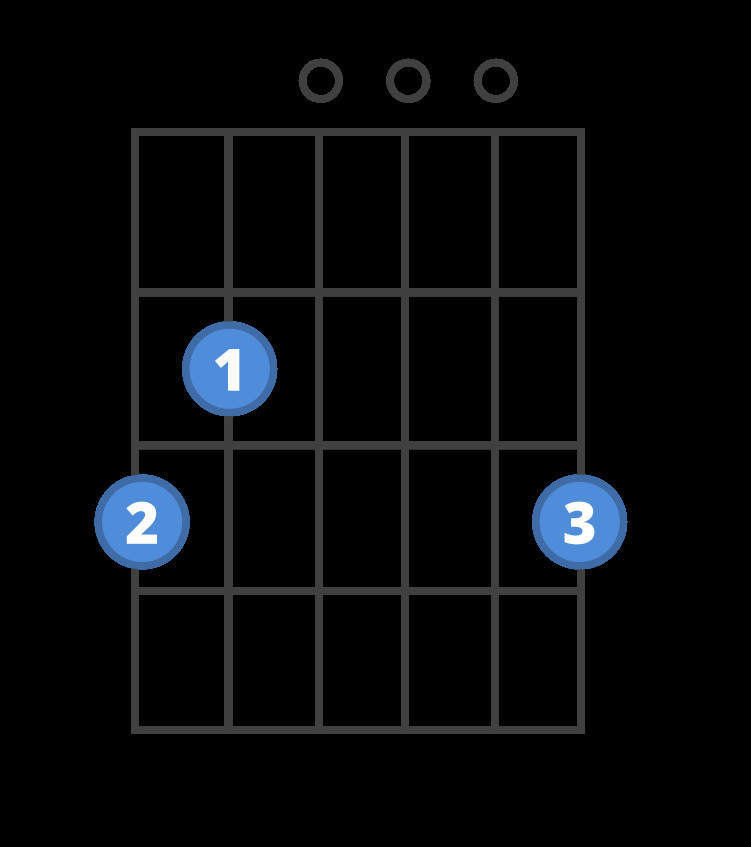 Chord diagram for the G guitar chord.
Chord diagram for the G guitar chord.
Practice transitioning smoothly between these chords, focusing on maintaining a consistent rhythm.
To make practice more engaging, try playing along with a backing track or a simple chord progression. A common progression using Em is Em – C – G – D. You can find many play-along tracks online by searching for “Em C G D chord progression backing track.”
As you become more comfortable with Em, explore songs that utilize this chord. Many popular songs are based on simple chord progressions that include Em. This will make practicing more fun and musically rewarding.
Here are some chords that sound excellent when played with the Em chord, expanding your musical possibilities:
[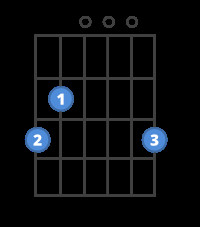 Chord diagram for the G guitar chord.
Chord diagram for the G guitar chord.
G Major](/chords/g-major)
[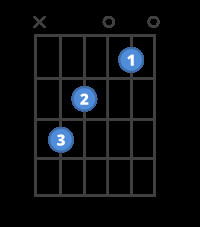 Chord diagram for the C guitar chord.
Chord diagram for the C guitar chord.
C Major](/chords/c-major)
[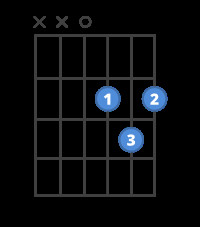 Chord diagram for the D guitar chord.
Chord diagram for the D guitar chord.
D Major](/chords/d-major)
[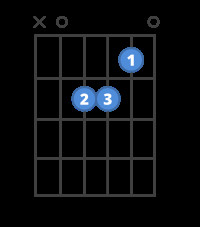 Chord diagram for the Am guitar chord.
Chord diagram for the Am guitar chord.
A Minor](/chords/a-minor)
If you’re looking to expand your chord vocabulary further, explore these other easy minor chords:
[ Chord diagram for the Am guitar chord.
Chord diagram for the Am guitar chord.
A Minor](/chords/a-minor)
[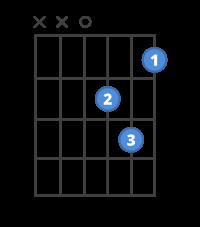 Chord diagram for the Dm guitar chord.
Chord diagram for the Dm guitar chord.
D Minor](/chords/d-minor)
Continue your guitar journey with ChordBank’s extensive resources:
[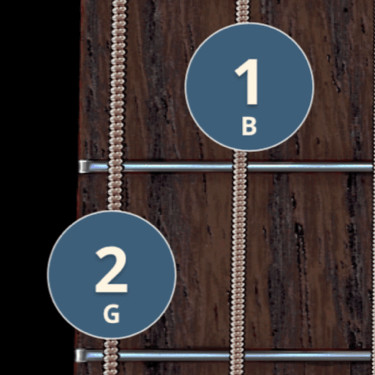
Explore More Chords »
ChordBank offers thousands of guitar chords to discover.](/guides/chords/)
[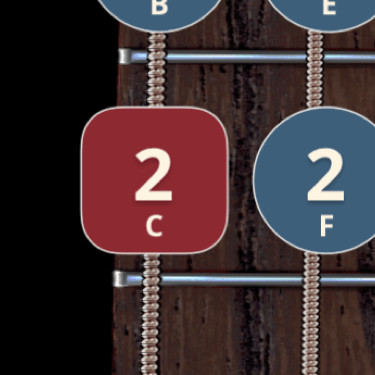
Learn Scales »
Practice major, minor, pentatonic scales and modes with ChordBank.](/guides/scales/)
[
Guitar Lessons »
Take lessons from ChordBank’s experienced guitar instructors.](/guides/lessons/)
[
Use Metronome »
Develop perfect timing with ChordBank’s metronome tool.](/guides/metronome/)
[
Online Tuner »
Tune your guitar quickly and accurately with ChordBank’s tuner.](/guides/tuner/)
[
Reverse Chord Finder »
Discover chords by inputting finger positions.](/guides/reverse/)
[
Backing Tracks »
Jam along to backing tracks in various keys and tempos.](/guides/backing-tracks/)
[
Save Chords »
Save and organize your favorite chords for practice and songwriting.](/guides/saved/)
[
Flashcards »
Use AI Flashcards to practice chords by ear.](/guides/flashcards/)
Enhance Your Learning:
[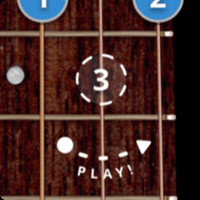
Start Chord Training for Em »
Practice the Em chord with Chord Coach.](https://www.chordbank.com/o/chordtraining?gtx=Em)
[
Watch Video Lesson for Em Chord »
Video lesson (0:50) for learning the Em chord.](https://www.chordbank.com/o/rkvid?vid=Em)
Learning the Em chord is a significant step in your guitar journey. With its easy fingering and wide applicability, mastering the Em chord will unlock countless musical possibilities. Keep practicing, explore resources like ChordBank, and enjoy the rewarding process of learning guitar!
